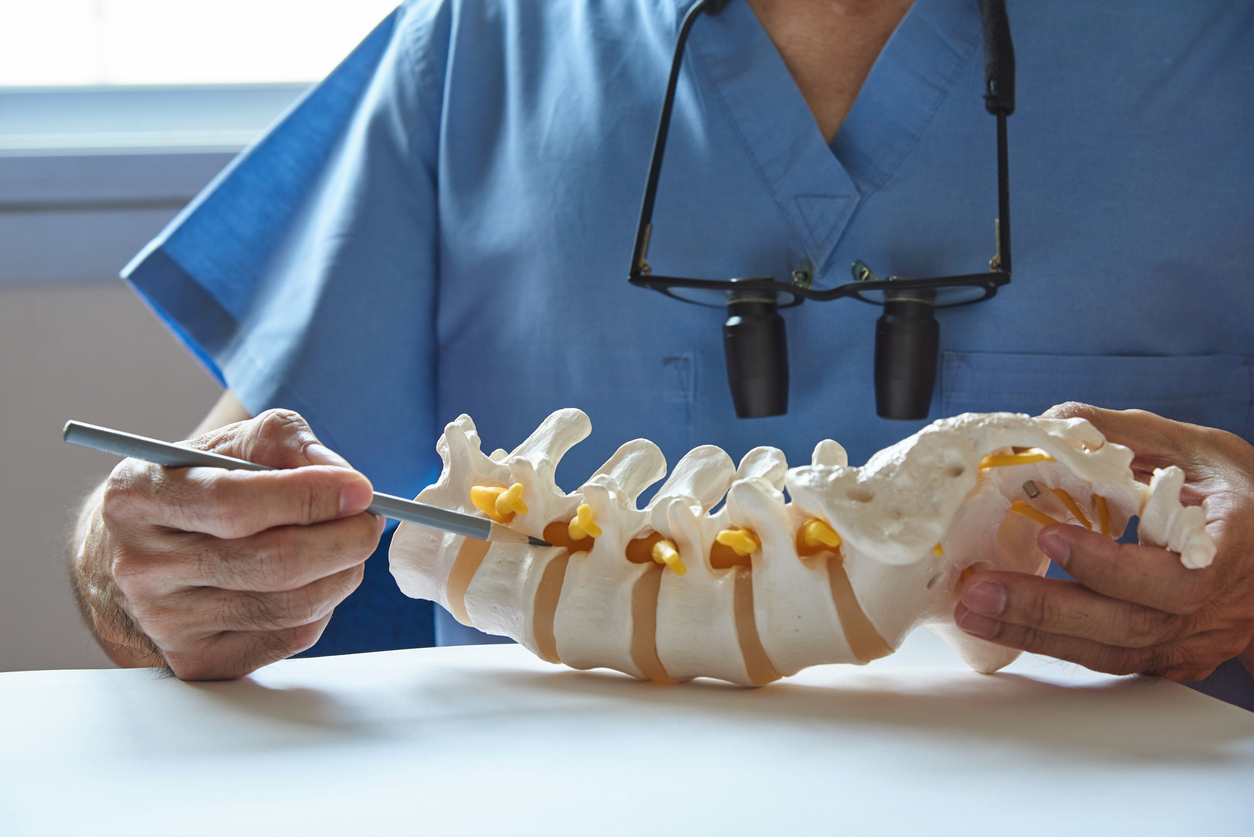With this blog post, we are closely reviewing a portion of the 2019 article "Histopathological Evaluation of Orthopedic Medical Devices: The State-of-the-art in Animal Models, Imaging, and Histomorphometry Techniques", by Nicolette Jackson, Michel Assad, Derick Vollmer, James Stanley, and Madeleine Chagnon.
The Orthopedic Studies Field is Evolving and Advancing
We are specifically looking at animal models used currently for orthopedic studies, and their potential value for medical advancement in both animal and human quality of life. As noted in our other Stage Bio blog entries, orthopedic medical devices are continuously evolving for the latest [applications] in the following fields:
- Craniomaxillofacial
- Spine
- Trauma
- Joint arthroplasty
- Sports medicine
- Soft tissue regeneration
On Animal Models
Per Jackson et al., a number of animal models have been used historically to study both biocompatibility and performance of orthopedic devices. The most common species include:
- Rabbit
- Sheep
- Pig
- Dog
- Goat
Specific Examples & Notes
Regarding small animals, the authors note that "midshaft cortical defects in the femur or tibia of rabbits or sheep is a commonly used model to test both biostable and bioabsorbable orthopedic implants. In the case of rabbit cortical implants, 2 mm in diameter and 6 mm long cylindrical implants are recommended."
Epicondylar defects, located in the distal femur, or proximal tibial defects are commonly used in rabbits and sheep (particularly when the orthopedic device being tested is intended for use in areas of trabecular/cancellous bone formation).
Large animal models such as goats and sheep are known to handle up to 5 mm in diameter and 12 mm long cylindrical implants for unicortical press-fit implants, or up to 25 mm in length if a bicortical implant is used.
Animals Models for Fracture Repair are Challenging to Find
"Finding a consistent model to test orthopedic implants intended for fracture repair can be challenging due to the interspecies and interanimal variation that is inherently present with fracture repair." Some common examples of successful animal models & methods include:
- Long bone fracture models used to test innovative bone plates or external fixator and intramedullary pin systems.
- A median sternotomy fracture repair model in sheep or pigs can be used to test the efficacy and safety of bone wax material or other hemostatic compounds. (The authors note that a significant difference between humans and animals is that animals typically sleep in ventral recumbency while humans can avoid lying on their chest after surgery; in this case poor fracture apposition and healing may occur in animal models when utilizing a median sternotomy model.)
- The canine mandibular fracture model requires that a full-thickness osteotomy is made in the mandible in a transverse plane, and the two sides of the fracture are repaired using a biostable or bioabsorbable bone plate and screw system. In canines, and many other species, mandibular forces exhibited due to chewing are quite high, and these forces can have an effect on the success of the fracture repair.
- The porcine craniomaxillofacial midface osteotomy fixation model can also be used for fracture repair.
Animal Models for Dental Studies
Dental studies commonly utilize either a canine or porcine model, with typically bilateral extraction of several premolars and molars on the mandible, followed by time for healing and then osteotomy creation.
The osteotomy sites are then filled with a bone filler and covered with a dental membrane to promote guided tissue regeneration (GTR). This should inhibit the infiltration of fibrous connective tissue, and promote the entrance of growth factors that contribute to new bone formation.
The article notes that two common models are alveolar ridge restoration and lateral ridge augmentation. The main objective of alveolar ridge restoration is to restore the height of the alveolar ridge for bone implantation.
Learn More About Animal Models for Orthopedic Studies
To summarize this portion of the article, we would say that while animal models exist, the differences between animal and human physiology contribute to the inherent challenges of orthopedic studies. While the orthopedic medical device field continues to expand in both the materials available and the types of medical applications, it is important to utilize a competent histopathology team to fully evaluate new medical device studies. If you'd like to learn more about histopathological evaluation of orthopedic devices and animal models please contact us today
